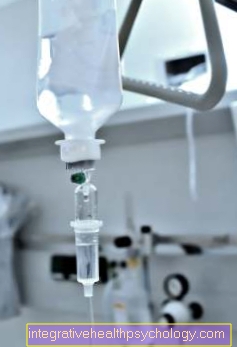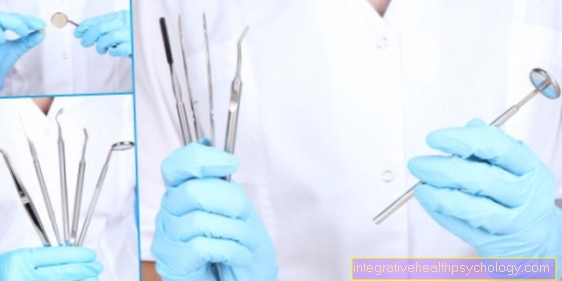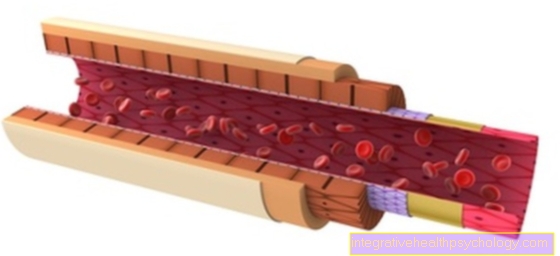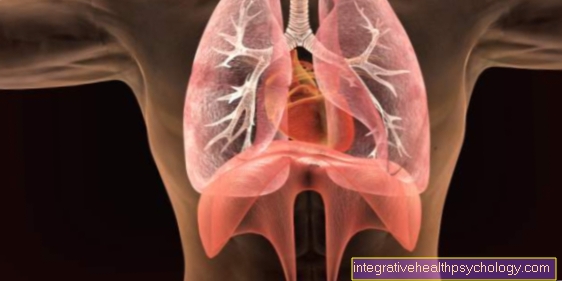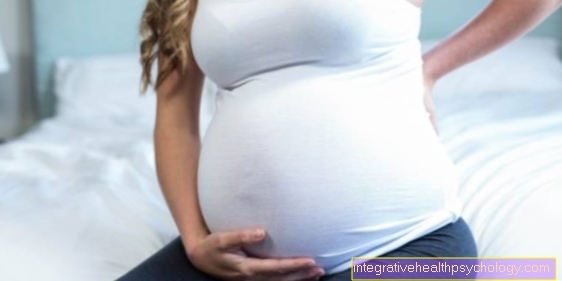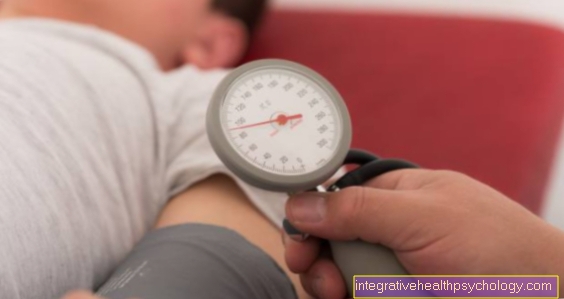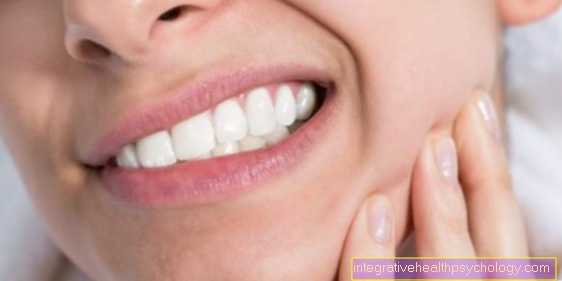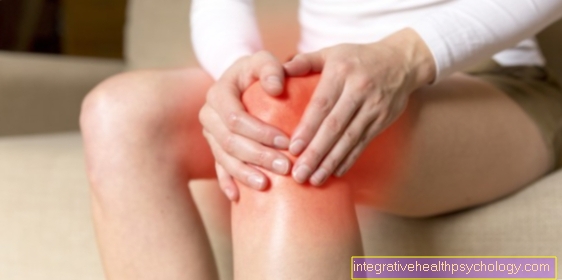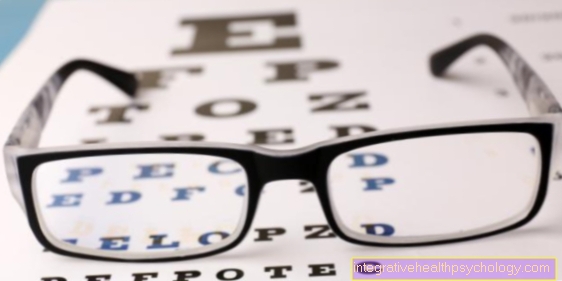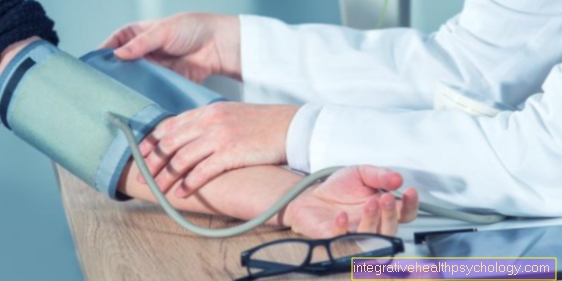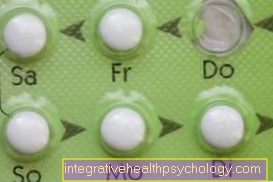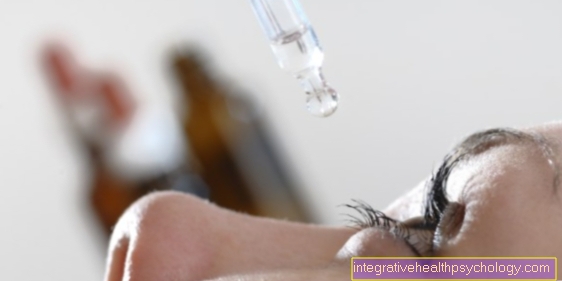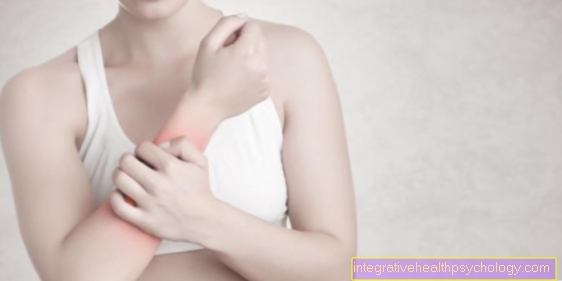Eyelid correction
definition
An eyelid correction is a small surgical procedure in which the upper eyelid, but sometimes also the lower eyelid, is tightened.
The cosmetic surgeon calls eyelid tightening Blepharoplasty.
Eyelid corrections are usually not a medical necessity, but serve to improve aesthetics. The face looks more youthful and the view is opened. They are used by patients with drooping eyelids, bags under the eyes or age-related eyelid sagging.

What does an eyelid correction cost?
The cost of an eyelid correction varies depending on the extent of the desired effect and location.
Roughly estimated, the eyelid lift per eye costs around 2000 €. If additional sedation or anesthesia with hospitalization is desired or necessary, the costs continue to increase.
Since the eyelid lift is one of the most common operations in plastic surgery, there are numerous providers, especially in urban regions. The price comparison can be worthwhile.
Like almost all cosmetic surgery procedures, in most cases eyelid correction has no medical benefit, which is why the health insurance company usually does not cover the costs.
When does the health insurance company cover the costs?
If there is a medical indication for eyelid correction, there is the possibility that the health insurance company will contribute to the costs incurred or even cover them entirely.
However, that depends on the specific indication, the general health situation and the rules of the health insurance company.
Indications for eyelid correction?
Although the eyelid lift falls under the aesthetic option, there can still be medical indications.
This includes above all the impairment of the field of vision by the drooping eyelids. Frequently recurring inflammation of the eyelid margin or the conjunctiva, which can be traced back to the drooping eyelids, can also be an indication for eyelid tightening.
also read: Conjunctivitis
Congenital eyelid misalignments or the consequences of accidents that affect vision can make eyelid correction necessary.
Preparation for the eyelid correction surgery
In a detailed consultation and anamnesis discussion with the cosmetic surgeon, the expectations of the patient and the general state of health should be clarified before the procedure.
Blood-thinning drugs are particularly important. They can lead to complications in the well-perfused tissue around the eye during or after the operation. However, they should never be withdrawn from the patient on their own initiative. Consultation with the family doctor is strongly recommended.
In addition, if possible, no vaccinations should be given in the 2 weeks before the procedure.
Procedure of the operation
After anesthesia, a small incision is made with the scalpel in the natural crease of the eyelid during the upper eyelid tightening and then excess fatty tissue and skin are removed. Sometimes it is also necessary to tighten the underlying muscle tissue in order to achieve an appealing result.
The operation ends when the skin incision is made with fine sutures or adhesive plasters. With sedation or general anesthesia, the anesthesia is diverted afterwards.
The lower eyelid lift is similar. But since the cut runs directly on the lower lash line, no scar remains.
If pronounced bags under the eyes are to be removed, the incision may have to be widened towards the corner of the eye in order to remove the excess tissue. This is followed by the wound closure and, if necessary, the anesthesia drainage.
Learn more at: Eyelid lift
Duration of the eyelid correction surgery
A outpatient The eyelid lift that is carried out takes about half an hour per eyelid.
However, the duration is always determined by the situation at hand, the surgical technique and the anesthetic selected.
While the local anesthetic takes around 10 minutes to take effect and the patient can leave the clinic immediately after the operation, after sedation (“twilight sleep”) a wake-up phase of approx. 2 hours is planned. Even after a general anesthetic, a certain wake-up phase must be observed before the patient can go home.
What are the risks of eyelid correction?
The eyelid correction is one of the most common procedures in cosmetic surgery, and the plastic surgeon is accordingly very experienced. In addition, the eyelid lift is considered to be quite low-risk.
Nevertheless, every operative intervention carries certain risks. Possible complications with an eyelid lift include
-
Secondary bleeding
-
Hematomas
-
Wound healing disorders
-
infection
-
Circulatory disorders
-
Dry eyes in the first few weeks
-
Asymmetry (when both eyelids have been corrected)
-
Failure to close the eyelid due to "overcorrection"
How long does it take to heal with eyelid correction?
The right aftercare can support wound healing.
For example, no more sport should be done on the day of the operation and smoking should be stopped for at least 3 days. Moist cooling, for example with a cold washcloth, relieves the swelling.
After 7-10 days the stitches can be pulled. To avoid infection, the area of the sutures should be kept clean and touched as little as possible. Make-up in the area of the eyes should be avoided during the healing process.
If necessary, the eyelid lift can be carried out again after 10 years if the age-related loss of elasticity of the skin has caused drooping eyelids again.
You can also find out more at: Wound healing
What scars can be expected after the eyelid lift?
The upper eyelid lift creates a small scar that lies in the natural crease of the eyelid. After about 3 months, however, it can no longer be seen if the wound is healing properly.
Scar-free healing can usually be expected with the lower eyelid lift, as the skin incision runs directly on the lower lash line.
However, if the skin incision has to be continued laterally with extensive bags under the eyes, a fine scar remains which, with proper care, fades after a few months.
You might also be interested in: Scar care
Eyelid correction without surgery
Slight drooping eyelids or crow's feet can also be tightened using so-called plasma technology. The excess skin cells are practically evaporated by thermal energy.
The advantage of the Plasmage is that there is no direct skin contact and the avoidance of scars because there is no incision. With the PlamaPen, the lid can be tightened and wrinkles smoothed out.
However, caution is required when choosing the provider, as no certification is required for the use of the PlasmaPen in Germany.
However, several sessions are usually necessary to achieve the desired result. In addition, in contrast to surgical eyelid tightening, one should be prepared for annual repetitions of the plasma treatment so that there is no recurrence.
A session costs around 300 €, depending on the duration and location.
Eyelid correction with laser
Another surgical method of eyelid correction is laser treatment. A fiber-optic laser is used to gently remove tissue.
To protect the eyesight, the patient wears eye protection flaps. In addition, the laser does not reach all layers of the skin.
The advantage of the laser treatment for eyelid tightening is the significantly reduced probability of bleeding. The procedure is carried out on an outpatient basis under local anesthesia and takes about 30 minutes.
During the healing phase, scabs form on the treated skin, but they fall off by themselves. After 10 days you are socially acceptable again.
Expect costs of around € 2,000 per eye.
Tapes or stripes for eyelid correction
There are some manufacturers who offer clear adhesive strips for the face, e.g. To correct drooping eyelids cosmetically. On the Internet there are the stripes e.g. to buy in a pack of 60 for less than € 10.
The strategic placement of the stripes is a matter of practice. The skin should be as free of grease as possible so that the adhesive strip holds well. As a rule, they can only be used once.
Those who cannot bring themselves to an operation have the possibility of a short-term optical correction.
Recommendations from the editorial team
You might also be interested in these topics:
- Eyebrow lift
- Facelift
- Wrinkle treatment
- Eyelid lift






